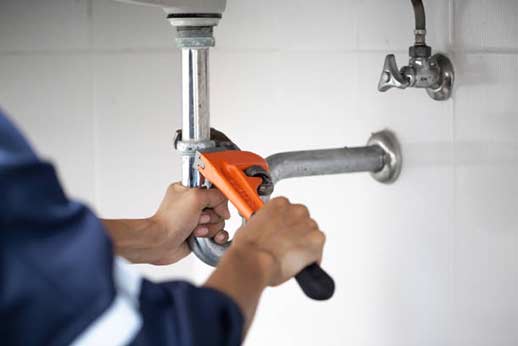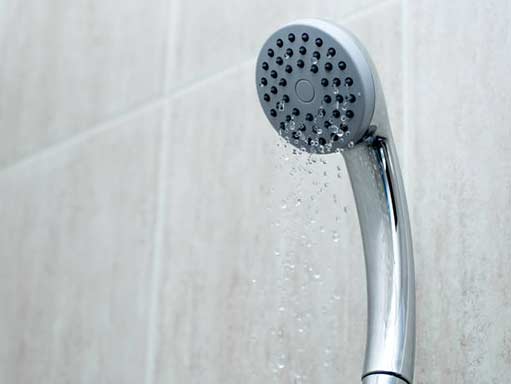If you’re experiencing this frustrating issue, you’re not alone. Many homeowners face challenges with low water pressure, and in this article, we will explore the possible causes and solutions. Whether you’re a DIY enthusiast or someone looking for professional assistance, we’ve got you covered.
Understanding Water Pressure
Before we dive into the reasons behind low water pressure, let’s start by understanding what water pressure actually means. Water pressure refers to the force with which water is delivered through your plumbing system. It is measured in pounds per square inch (psi) and can vary depending on various factors.
Possible Causes of Low Water Pressure
Low water pressure can be caused by several factors, and it’s important to identify the root cause before considering any remedies. Here are some common reasons for low water pressure in homes:
1. Clogged Pipes
Clogged pipes can significantly reduce water pressure. Over time, mineral deposits, sediment, and even debris can accumulate inside the pipes, obstructing the flow of water. This is especially common in older houses with outdated plumbing systems. If you suspect clogged pipes, it’s advisable to contact a professional plumber for inspection and potential drain cleaning services or a replacement of the pipes.
2. Pipe Leaks
Leaks in your plumbing system can also be a culprit behind low water pressure. Even small leaks can cause a significant drop in pressure, as water is diverted away from its intended path. Check for any visible signs of leaks, such as dampness on walls, ceilings, or floors. If you spot a leak, it’s essential to address it promptly to prevent further damage.
3. Pressure Regulator Issues
A faulty pressure regulator can lead to low water pressure. The pressure regulator is a valve designed to control the pressure of water entering your house. If it malfunctions, it can restrict the flow of water and result in decreased pressure. A professional plumber can diagnose and repair or replace the pressure regulator if necessary.
4. Municipal Supply Problems
Low water pressure may not always be a problem within your house. Sometimes, the issue lies with the municipal water supply. Municipalities may experience temporary drops in water pressure due to maintenance work, water main breaks, or increased demand in certain areas. In such cases, the low pressure is usually resolved once the underlying problem is fixed.

If you’ve tried the above steps and are still experiencing low water pressure, it’s recommended to contact a professional plumber.
Addressing Low Water Pressure
Now that we have explored some possible causes of low water pressure, let’s discuss how you can address this issue:
1. Check Pressure at Different Fixtures
Begin by checking the water pressure at various fixtures in your house. Is the low pressure confined to a single faucet or showerhead, or is it present throughout the house? This will help determine if the problem is localized or widespread.
2. Clean Aerators and Showerheads
Mineral buildup in aerators and showerheads can restrict water flow and cause low pressure. Remove these fixtures and clean them thoroughly to remove any debris or sediment. This simple maintenance step can often improve water pressure.
3. Inspect for Leaks
Perform a thorough inspection of your plumbing system to identify any leaks. Check exposed pipes, faucets, toilets, and showers. If you notice any leaks, repair them promptly or seek professional assistance.
4. Contact a Professional Plumber
If you’ve tried the above steps and are still experiencing low water pressure, it’s recommended to contact a professional plumber. They have the expertise and specialized equipment to diagnose and resolve complex water pressure issues.
In Summary
Low water pressure can be a frustrating problem to deal with, but by identifying the root cause and taking appropriate measures, you can improve the water pressure in your house. Whether it’s clogged pipes, leaks, pressure regulator problems, or municipal supply issues, there are solutions available. Don’t hesitate to reach out to a professional if you need assistance. Remember, adequate water pressure is essential for everyday tasks and maintaining a comfortable living environment.
